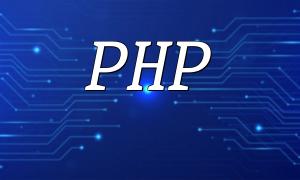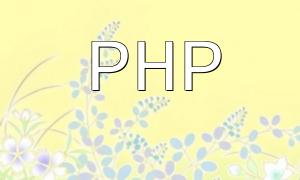In the fast-evolving world of the internet, web development technologies are constantly emerging. Among these, JSP (Java Server Pages) and PHP (Hypertext Preprocessor) are two widely used dynamic web development technologies. This article delves into the integration of JSP and PHP, analyzing the strengths and weaknesses of each technology to help developers make more informed technical decisions in their projects.
JSP is a platform based on Java, developed by Sun Microsystems, that allows developers to embed Java code in HTML to dynamically generate web content. PHP is an open-source scripting language specifically designed for web development, allowing code to be embedded in HTML for creating highly interactive web pages.
The strength of JSP lies in its robust Java ecosystem, allowing seamless integration with Java EE technologies, which makes it widely used in large enterprise applications. PHP, on the other hand, is easy to learn, easy to deploy, and is well-suited for quickly developing small websites and web applications.
In some projects, developers may need to combine JSP and PHP to take advantage of the strengths of both technologies. Typical scenarios include:
There are various ways to integrate JSP and PHP, and here are two common solutions:
By creating RESTful or SOAP Web services, JSP and PHP can exchange data between different servers. PHP can call services generated by JSP, and vice versa. This method allows both technologies to collaborate flexibly and meet cross-platform needs.
Both JSP and PHP can access the same database, provided the database is well-designed and data consistency is maintained. This way, JSP can handle data processing and business logic, while PHP serves as the user interface layer.
Although JSP and PHP differ in their technology stacks and application scenarios, a well-implemented integration can maximize the strengths of both. When choosing an integration approach, developers should make decisions based on project requirements, budgets, and technical stack characteristics. When choosing JSP or PHP, factors such as cost, performance, and maintainability should be considered to ensure the success of the project.
Whether learning JSP, PHP, or their integration, hands-on practice is key to improving technical skills. I hope this article provides valuable insights into JSP and PHP integration applications.









